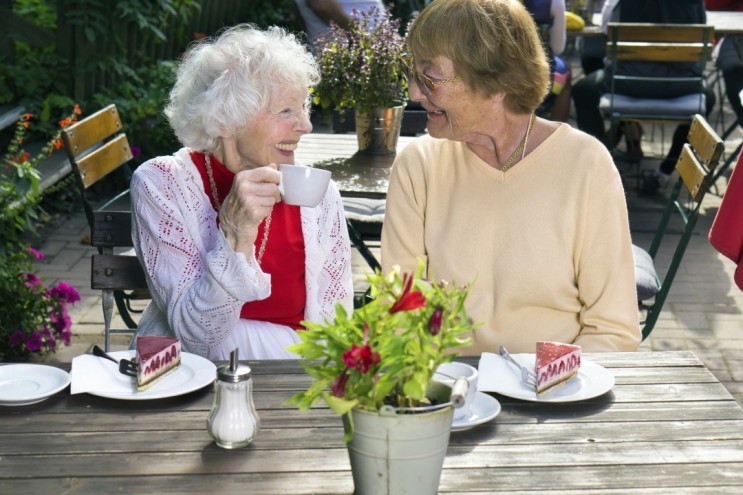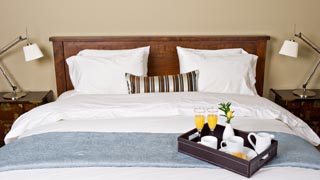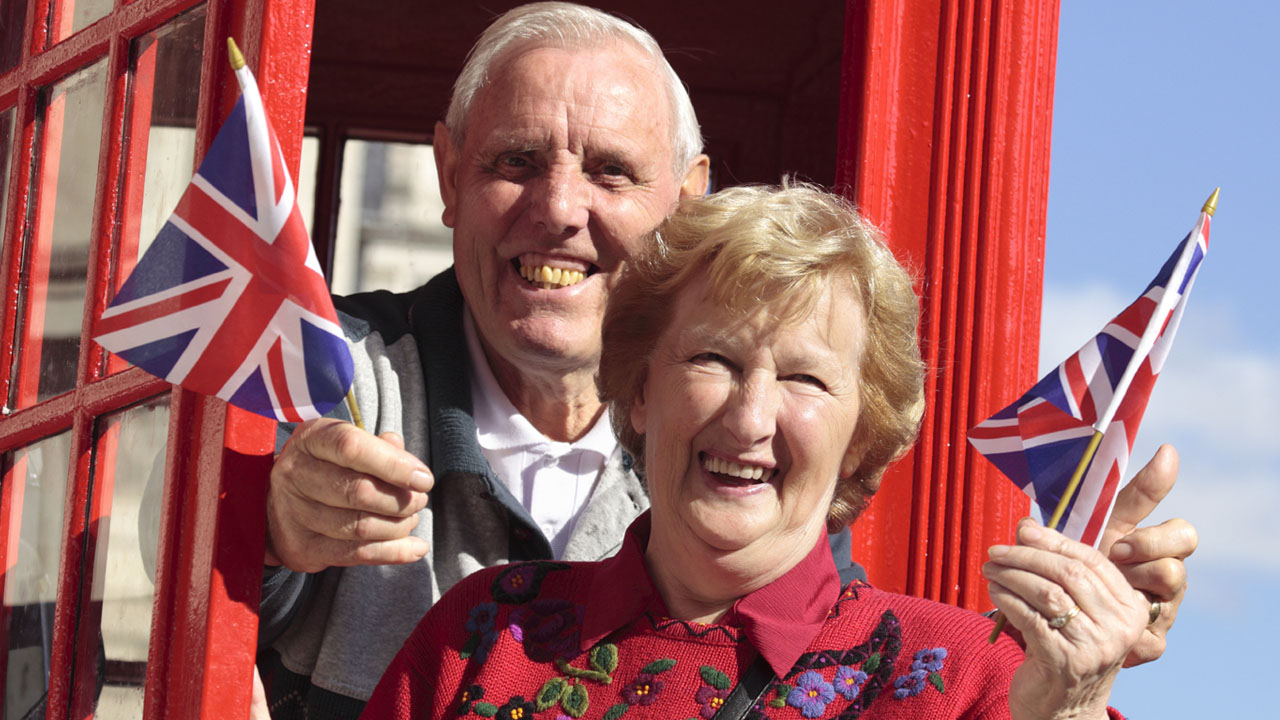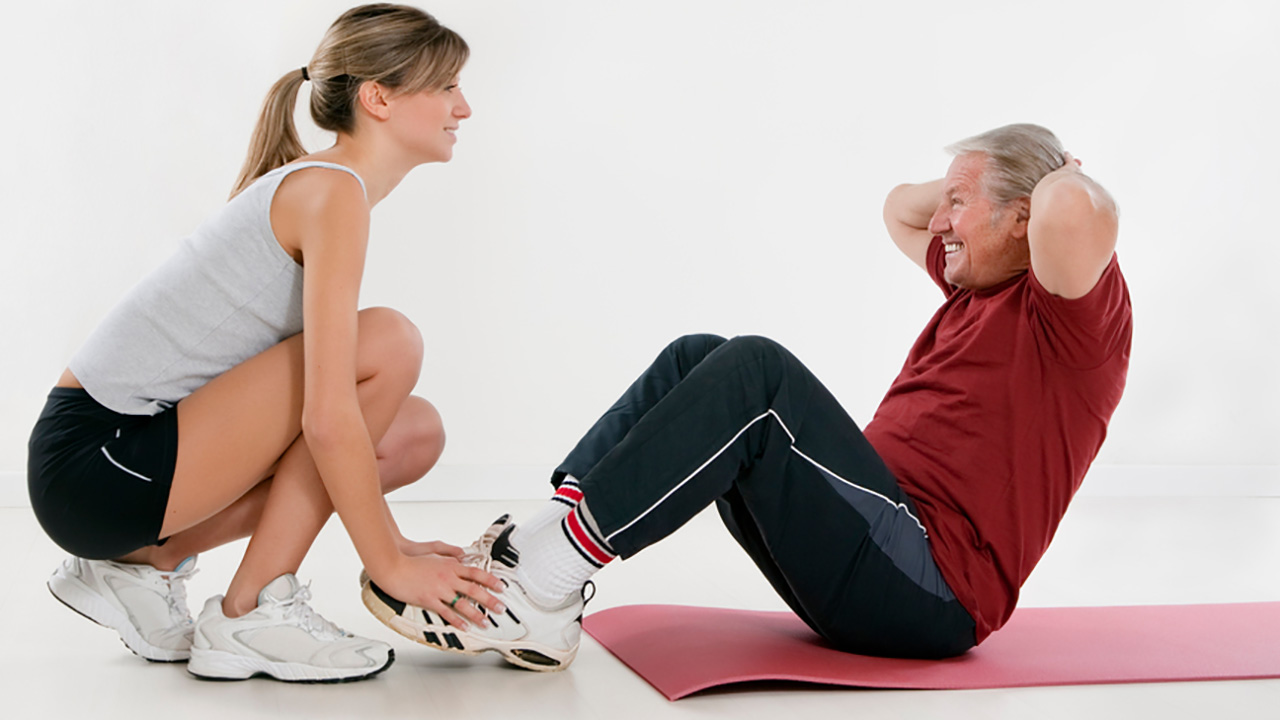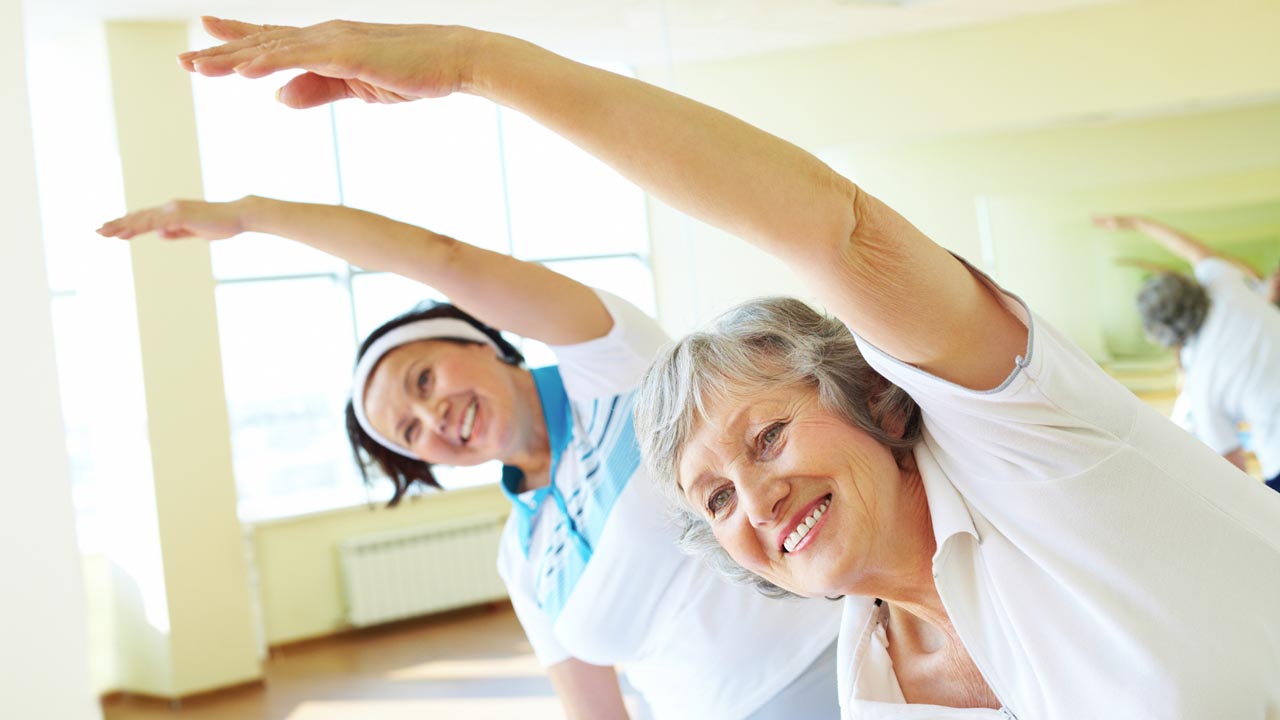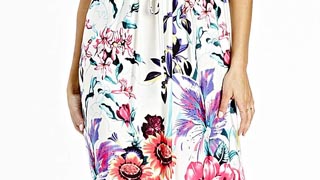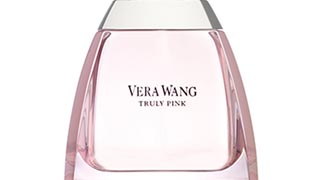How to choose great clothes as you age
As people get older, our clothing needs change and we tend to look for clothes which offer a good balance of comfort and style. Unfortunately, many high street retailers get this wrong, as their sizing and length proportions are skewed towards younger generations and there can be a lack of choice in terms of attractive, yet comfortable styles. As a result, shopping for the right fit and style can be a frustrating process.
How we dress affects our confidence
Clothing can play an important role in helping older women maintain a positive self-image and express their personality. But, despite this, a huge percentage of women feel that manufacturers and retailers don’t provide enough choice for their age group in terms of clothing options. One of the biggest mistakes manufacturers make is designing clothes in disproportionate sizes. They often overlook the common body shape changes which occur with age. Most standard clothing ranges are cut to suit regular proportions, but, as women grow older, the shift in weight usually moves towards the middle of the body. This can make other areas seem a little out of proportion, so whilst a top might be the right size by ‘standard cut’, it might be disproportionate and as consequence, too short in length.
So what should you be looking for? We’ve put together some top tips of what to look out for when choosing clothes for older women to ensure optimum comfort and ease, but without compromising on style.
General tips
- Tiny buttons or small zips can be difficult for older women to manoeuvre, so avoid products with these features in general. Instead, look for pull-on and wrap-around styles of tops and trousers with easy-to-use fastenings
- Choose fabrics which can be easily machine-washed and in general, avoid fragile fabrics that require special care, such as hand-washing.
- Two-piece garments can be complimentary for women who are different sizes on top and bottom as they can make for a better fit
Tops
- As the waist can a problem area as women get older, look for tops which are between waist and hip level, as they cover the stomach and rest just above the bottom at the back
- Many older women feel self conscious about their neck, so turtle and collared necklines are popular choices, as well as V-necks and lower rounded necklines, which still maintain modesty
- Arms are also areas older woman often feel self-conscious about, so tops with full or three quarter length sleeves are a great option. Raglan, dolman or kimono style sleeves are also a more comfortable fit for rounded shoulders
Trousers
- Trousers are notoriously difficult to get right, as women’s bottom halves vary so much. Whilst denim is an ageless material and very popular, it might not bode too well for older women because of its lack of ‘give’. Instead, look for material with a touch of Lycra for a little extra stretch and movement.
- Pay particular attention to size and leg lengths. Many designers move these measurements proportionately, but this does not suit older women, as larger waist sizes often mean longer leg lengths and a bunch up of material at the ankle.
- With all trousers, look for an easy-fit stretch waist for a comfortable fit and easy pull on style
Skirts and dresses
- For skirts, because older women usually prefer to have their legs covered, stick to skirt lengths halfway between the knee and ankle.
- Pleated skirts are good for allowing the fabric to spread over the knees when seated, which is especially important if your relative has mobility issues
- Dresses without waist seams and instead worn with optional belts are very popular, because it gives the wearer a choice of how to style the garment for them. These dresses are fantastic at transforming body shape and adding to an overall look of an outfit
Underwear & Nightwear
- Front closure bras can be significantly easier for older women, so they don’t have to twist their arms in order to reach around their back
- Dressing gowns which wrap to close in the back are great for people who may need help getting dressed and undressed. However, if the person is mobile, a button-through style is easy to wear and leaves hands free at all times
Shoes
- Shoes should have non-slip soles to minimise the risk of falling. Look for easy-on, easy-off styles that are easy to remove. Velcro closures can also hold the feet securely
- Look at wide fit shoes and slippers which fit more comfortably for those with arthritis
How to measure
One of the biggest problems people encounter when buying for an older relative is the size differences. There isn’t a uniform measurement system and there can be big variances in cut styles depending on the manufacturer.
To negate the risk of making a purchase mistake, ask your relative whether they have any favourite brands or manufacturers whose cut style/size suits them already, as the fit on a different brand can often be disproportionate. Alternatively, ask them for their appropriate measurements or assist with this process to ensure the garment fits as well as possible.
- Bust & Hips – for tops and trousers, measure around the fullest part of the bust or hips with no allowance for extra fullness.
- Dresses & Skirts – measure from the top of waistband or nape of neck and down to the hem.
When you read ‘no allowance for extra fullness’, this means the manufacturer size will have already factored in space for extra movement in their sizing metric. So, whilst a lady might have a bust of 36 inches and therefore fits a size 14, the actual garment might measure 40 inches around (the extra movement has already been factored in).
With skirts and trousers with elasticated waists, remember that the garment measurements will actually be narrower than the measurement on the lady’s hips. This is because of the stretch that’s needed in the garment waistband to keep the skirt/trouser in place.
If you are buying your relative a different brand for the first time, another popular method for getting sizing right is to measure one of their favourite garments and try to find a close replica in dimensions.


